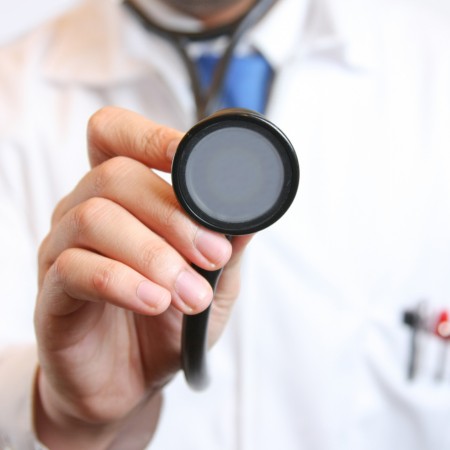Diagnose
HOW IS IDIOPATHIC-HYPERSOMNIA (IH) DIAGNOSED?
Idiopathic hypersomnia (IH) is diagnosed through a comprehensive process that involves clinical evaluation, exclusion of other causes, and specialized sleep testing. The key steps in diagnosing IH include:
Clinical Evaluation
Symptom Assessment: The healthcare provider asks about symptoms such as excessive daytime sleepiness lasting at least three months, difficulty waking up (sleep inertia or “sleep drunkenness”), unrefreshing and long naps, and prolonged total sleep time (often ≥11 hours per 24 hours).
Medical History and Physical Exam: A thorough review of personal and family medical history is done, including current medications that might cause sleepiness. A physical exam helps rule out other medical causes.
Sleep Diary: Patients may be asked to keep a sleep diary to document sleep patterns, including bedtimes, wake times, and nap durations, which helps identify abnormal sleep behaviors.
Exclusion of Other Conditions
Other sleep disorders such as sleep apnea, narcolepsy, circadian rhythm disorders, insufficient sleep syndrome, and restless leg syndrome must be ruled out.
Medical, neurological, and psychiatric conditions that could explain hypersomnia (e.g., hypothyroidism, depression) are excluded through clinical evaluation and tests.

Objective Sleep Testing
Polysomnography (PSG): An overnight sleep study conducted in a sleep lab that monitors brain activity, eye movements, heart rate, breathing, oxygen levels, and limb movements to exclude other sleep disorders like sleep apnea.
Multiple Sleep Latency Test (MSLT): Usually performed the day after PSG, this test measures how quickly a person falls asleep during five scheduled daytime nap opportunities spaced two hours apart. It also records whether REM sleep occurs during naps. In IH, sleep latency is typically ≤8 minutes, and there are fewer than 2 sleep onset REM periods (SOREMPs), which helps differentiate IH from narcolepsy.
Actigraphy: Sometimes used to confirm that insufficient sleep syndrome is absent by monitoring sleep-wake patterns over at least a week.
Diagnostic Criteria Highlights
Excessive daytime sleepiness daily for at least three months.
No other medical, psychiatric, or sleep disorders better explain the symptoms.
Sleep latency ≤8 minutes on MSLT with fewer than 2 SOREMPs.
No cataplexy (which would suggest narcolepsy).
Summary
Diagnosing idiopathic hypersomnia requires a careful and systematic approach to confirm persistent excessive sleepiness, exclude other causes, and use objective sleep studies like polysomnography and the multiple sleep latency test. This process ensures accurate diagnosis and guides appropriate treatment.
This comprehensive diagnostic approach is supported by leading sleep centers such as Mayo Clinic, Stanford Health Care, and the Cleveland Clinic.

